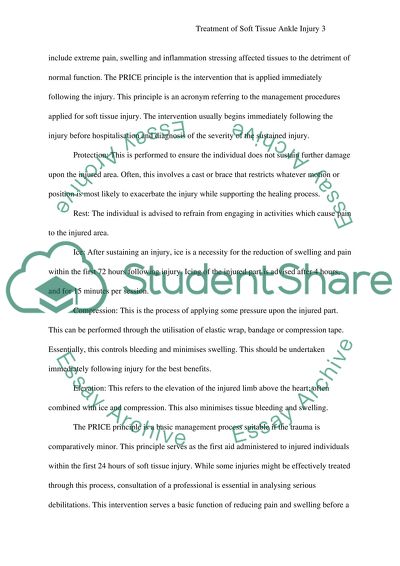Cite this document
(“Treatment of a soft tissue ankle injury Grade 1 and Grade 2 Essay”, n.d.)
Treatment of a soft tissue ankle injury Grade 1 and Grade 2 Essay. Retrieved from https://studentshare.org/nursing/1643253-treatment-of-a-soft-tissue-ankle-injury-grade-1-and-grade-2
Treatment of a soft tissue ankle injury Grade 1 and Grade 2 Essay. Retrieved from https://studentshare.org/nursing/1643253-treatment-of-a-soft-tissue-ankle-injury-grade-1-and-grade-2
(Treatment of a Soft Tissue Ankle Injury Grade 1 and Grade 2 Essay)
Treatment of a Soft Tissue Ankle Injury Grade 1 and Grade 2 Essay. https://studentshare.org/nursing/1643253-treatment-of-a-soft-tissue-ankle-injury-grade-1-and-grade-2.
Treatment of a Soft Tissue Ankle Injury Grade 1 and Grade 2 Essay. https://studentshare.org/nursing/1643253-treatment-of-a-soft-tissue-ankle-injury-grade-1-and-grade-2.
“Treatment of a Soft Tissue Ankle Injury Grade 1 and Grade 2 Essay”, n.d. https://studentshare.org/nursing/1643253-treatment-of-a-soft-tissue-ankle-injury-grade-1-and-grade-2.


